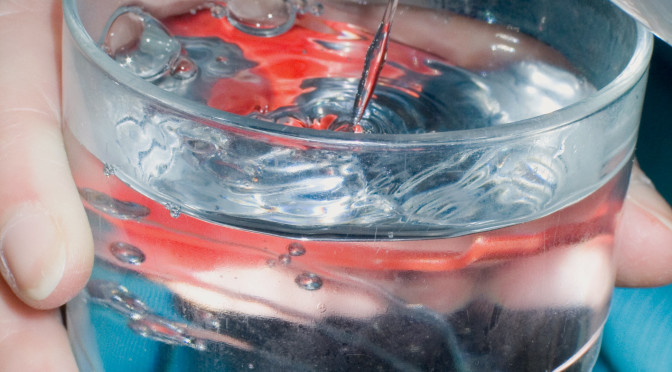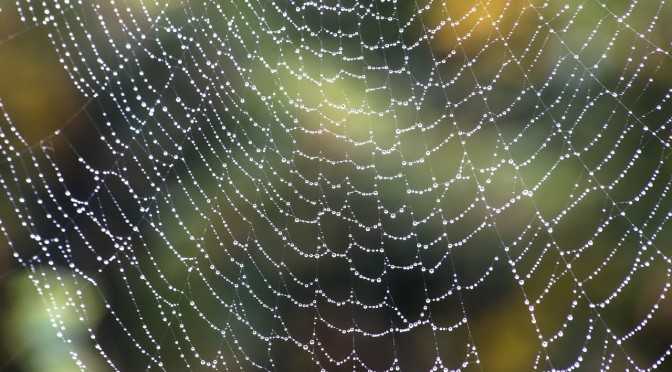Monthly Archives: December 2015
Is Rainwater Safe to Drink? What About Bird Poop?
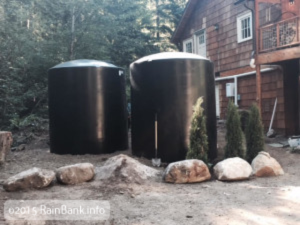 As an American Rainwater Catchment Systems Association (ARCSA) Accredited Professional and Inspector Specialist, I’m often asked,
As an American Rainwater Catchment Systems Association (ARCSA) Accredited Professional and Inspector Specialist, I’m often asked,
“Is rainwater catchment water safe to drink? What about the bird poop?”
Which usually evokes my typical response “Certainly it is, with proper storage, filtration and ultraviolet disinfection (UV), your quality of water will more than likely exceed the quality of municipal and well water sources.” Rainwater is relatively clean to start with; it is what it comes in contact with, how it is stored, and how it is treated which determines its quality.
Wells, lakes, and rivers are the most common source of our municipal water supplies. “It’s the same bird that just pooped on my roof that just flew over the lake”, I exclaim, “and as for droppings questions about deer, raccoon, geese, and every other forest animal out there – I have yet to see a deer or goose on my roof.” I often am rewarded with an ever so slight chuckle, but it does get the attention of and makes sense to my new rainwater collection advocate.
Municipal, well, and private rooftop collection must address coliform and bacteria. Municipal water sources typically use chlorination and ultraviolet disinfection to achieve an expectable level set by the EPA. Well water that exceeds allowed bacteria and coliform levels are usually condemned.
Properly collected rainwater has relatively low levels of bacteria and coliform, lending itself to simple disinfection with ultraviolet light exposure. Advances in small ultraviolet light systems, designed and tested for household use, have made potable household use of collected rain virtually free of bacteria and coliform. Of course, filtration prior to disinfection needs to be addressed by municipal, private well, and private roof top collected water. Most private rainwater catchment systems mimic municipal water filtration techniques with sediment and carbon absorption filters, followed by disinfection. Unlike well water, there is never a concern with rainwater catchment for iron, hardness, salinity, or other constituents that would require additional filtration.
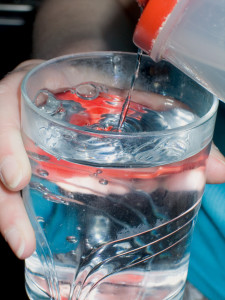 Any source of water, whether municipal, well, or rooftop collection, must be properly maintained and monitored. Private well maintenance is typically conducted by the owner – consisting of filtration changes as needed, and testing -being conducted at time of commissioning, or as a disclosure during the property sale. Municipal water sources are maintained and monitored by trained personnel, but allow for higher levels of constituents than a properly designed, constructed, and maintained rainwater catchment system. Once again, rooftop collected water is relatively clean to begin with, therefore requires a less aggressive approach to filtration and disinfection than that of a well or municipal water source. The homeowner easily maintains a rainwater collection system with periodic filtration changes, annual testing and simple monitoring. You become the purveyor of your water source; you are in charge, not leaving it to others.
Any source of water, whether municipal, well, or rooftop collection, must be properly maintained and monitored. Private well maintenance is typically conducted by the owner – consisting of filtration changes as needed, and testing -being conducted at time of commissioning, or as a disclosure during the property sale. Municipal water sources are maintained and monitored by trained personnel, but allow for higher levels of constituents than a properly designed, constructed, and maintained rainwater catchment system. Once again, rooftop collected water is relatively clean to begin with, therefore requires a less aggressive approach to filtration and disinfection than that of a well or municipal water source. The homeowner easily maintains a rainwater collection system with periodic filtration changes, annual testing and simple monitoring. You become the purveyor of your water source; you are in charge, not leaving it to others.
With careful consideration of materials, techniques, and maintenance, rainwater is most certainly a viable source of clean, safe to drink, water.
Ancient Practice Becomes a Hot Commodity
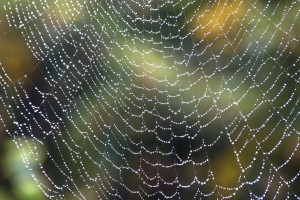 How is it that the ancient practice of rainwater harvesting is just catching on as a hot commodity to make and save money in commercial and residential worlds?
How is it that the ancient practice of rainwater harvesting is just catching on as a hot commodity to make and save money in commercial and residential worlds?
Businesses around the US are learning that in some areas, government is requiring better management of stormwater runoff, which necessitates the development of rainwater use across industries. Not just for drinking, captured rainwater can be used to toilet flushing and even to cool equipment.
At the recent ARCSA annual conference, held in drought-afflicted California, folks with an interest in rainwater harvesting gathered to learn how and why this ancient practice has moved from niche to mainstream. In the clip below, with excerpts from the ARCSA conference, CNBC’s Jane Wells talks about the business of capturing rainwater in California.
So, whether you’re a do-it-yourself kind of person and are seeking products, a Seattle homeowner in a small space wanting to design and install a residential system for lawn watering and laundry, or a commercial business in search of a steel tank to mitigate stormwater runoff, there’s a rainwater solution that can save the environment while saving you money down the road.
As this ancient practice becomes more and more popular, be sure to know your professionals and visit the ARCSA resource guide to ensure your rainwater system is designed and built to the highest industry standards.


 RainBank Rainwater Systems wishes for peace on earth and good will to all.
RainBank Rainwater Systems wishes for peace on earth and good will to all. 